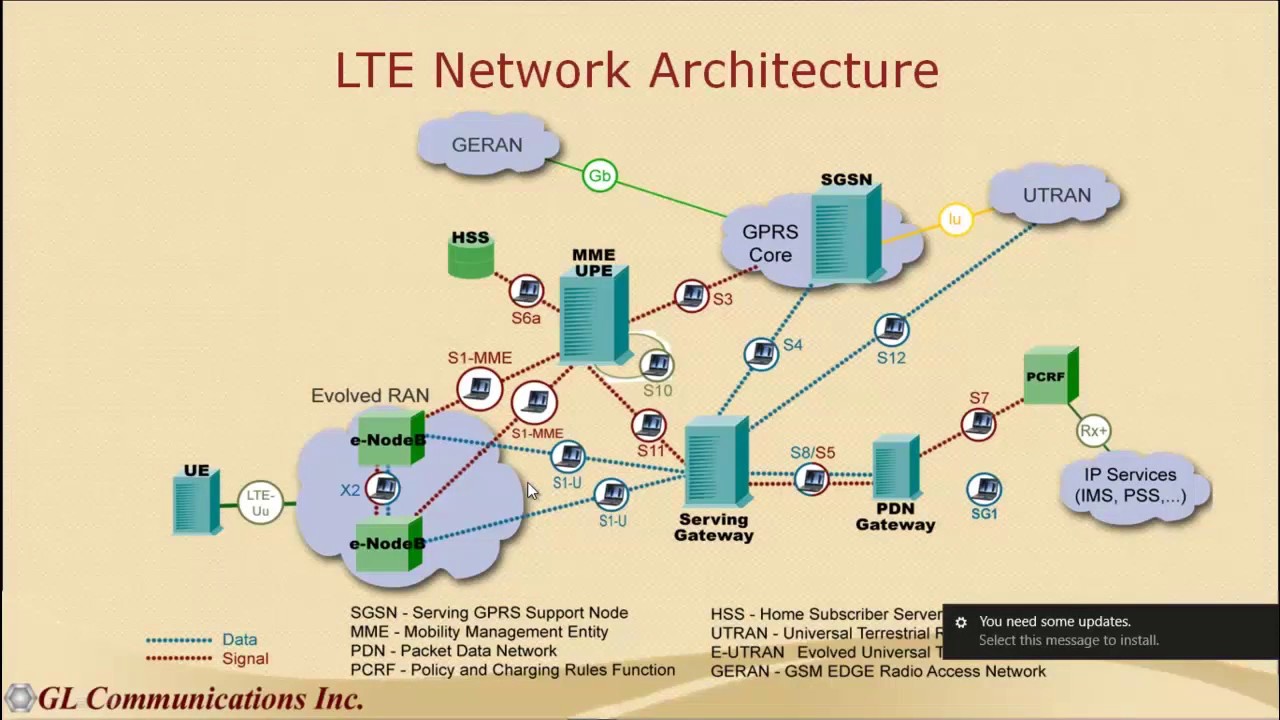IP Multimedia Subsystem Market is Expected to See a CAGR of 13.5% During 2030
According to the report published by Allied Market Research, the global IP multimedia
subsystem market size generated $2.1 billion
in 2020, and is expected to reach $7.2 billion by 2030, exhibiting a CAGR of
13.5% from 2021 to 2030. The report offers an in-depth analysis of the market
size, emerging and current trends, future estimations, and key players.
Rise in data traffic in global cellular networks
and development in global cellular network infrastructure fuel the global IP
multimedia subsystem market. On the other hand, longer deployment time for
telecommunication infrastructure, high cost of installation, and maintenance of
telecommunication equipment hinder the market. On the contrary, development in
the field of telecom and rapid transformation of the telecommunications
industry creates several lucrative opportunities.
COVID-19 scenario:
1. The telecommunication sectors were responsible
for maintaining business continuity during the pandemic and hence did not face
any major challenges. Moreover, the pandemic created a shortage of raw
materials and workforce.
2. The interrupted global supply chain forced
several telecommunications industry players to postpone their expansion.
3. During the pandemic period, telecoms sector
market players operating in sports and related domains suffered major losses,
which negatively affected the global IP multimedia subsystem market.
The report segments the global IP multimedia
subsystem market on the basis of components, operators, and region.
Based on components, the product segment
contributed to the highest market share in 2020, attributing to nearly
four-fifths of the total market share, and is anticipated to dominate the
market during the forecast period. On the other hand, the services segment is
expected to manifest the fastest CAGR of 14.6% from 2021-2030.
Based on operators, the mobile operators segment
contributed to the highest market share in 2020, attributing to more than
four-fourths of the total market share, and is anticipated to lead during the
forecast period. The segment is expected to manifest the fastest CAGR of 13.7%
from 2021-2030. The report also analyzes the fixed operators segment.
Based on region, North America contributed to the
highest share in 2020, holding nearly two-fifths of the total share, and is
expected to lead during the forecast period. The global IP multimedia subsystem
market across the Asia-Pacific region is anticipated to exhibit the fastest
CAGR of 15.5% during the forecast period.
North America is expected to be the largest market
share of the IP Multimedia Subsystem, during forecasted period. Major telecom
giants are making North America home. Network companies are implementing new
applications for their networks, such as RCS, private LTE, and wireless
broadband. IMS services allow devices such as smartphones and laptops to access
services across a wide range of networks, including mobile phones, broadband,
Wi-Fi, and more. People are embracing multimedia applications to improve their
communication in response to the increasing use of smartphones in the United
States. These factors are driving the growth of the market. Moreover, political
authorities are emphasizing the development of current communication networks
with the ability to access the 5G network, which provides opportunities for IMS
market growth.
Key players of the global IP multimedia subsystem
industry analyzed in the research include Athonet srl, Cisco Systems, Inc., NEC
Corporation, Cirpack, Ericsson, Huawei Technologies Co., Ltd., Oracle
Corporation, Huawei Technologies Co., Ltd., International Business Machines
Corporation, ZTE Corporation, and Nokia.
Key trends shaping the IMS market include 5G
network rollouts, advancements in network function virtualization (NFV), and the
growing use of IMS in telecom services. The market is expected to expand as
telecom operators focus on providing high-quality, converged services across
various platforms.
Technological advancements play a crucial role in
shaping the IMS market. Innovations in network infrastructure, including the
deployment of 5G technology, are facilitating the delivery of high-speed,
low-latency services. The integration of artificial intelligence (AI) and
machine learning (ML) in IMS applications is enhancing service quality and
enabling predictive analytics. These technological developments not only
improve operational efficiency but also create new revenue streams for service
providers.

































Leave A Comment